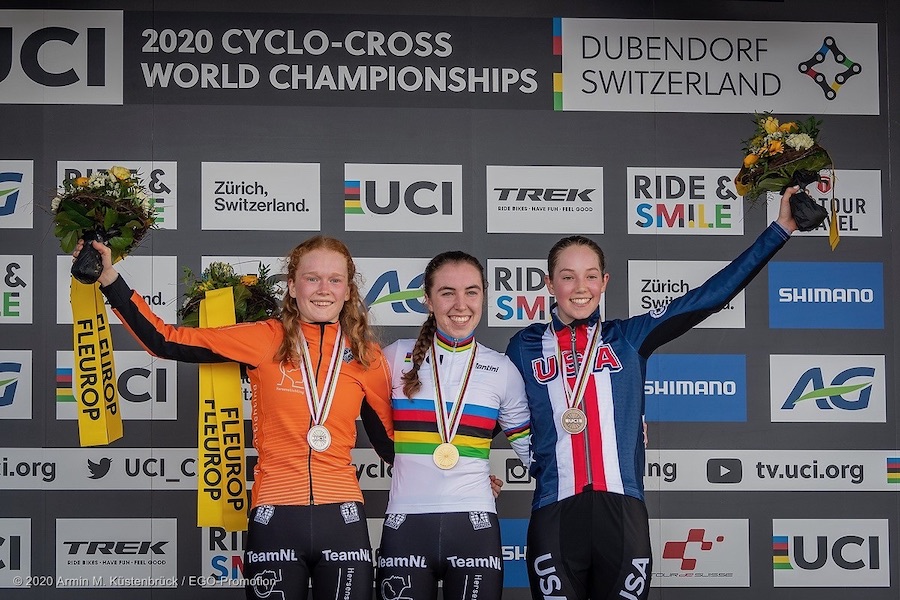We turn to the latest research to sort out fact from fiction when it comes to young athletes competing in endurance sports.
We turn to the latest research to sort out fact from fiction when it comes to young athletes competing in endurance sports.

We turn to the latest research to sort out fact from fiction when it comes to young athletes competing in endurance sports.

We turn to the latest research to sort out fact from fiction when it comes to young athletes competing in endurance sports.

Understanding the roles you and your child’s coach have in their athletic development can foster a healthy relationship with sports and teach beneficial life skills to take into adulthood.